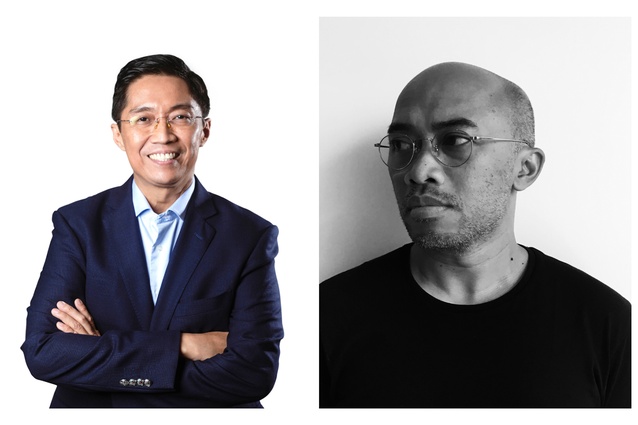Interior motives in sustainability
Partner Content: American Standard Design Catalyst L!VE is a webinar series where practitioners from the global architecture and design community share their expertise on current architecture and design topics. We partnered with American Standard to share what speakers Jojo Tolentino and Ary Indrajanto had to say on sustainable building from the outside-in.
With the spectre of global warming looming over the world, the biggest buzzword in nearly all industries today is without doubt ‘sustainability’.
One segment where the sustainability trend has gained the most traction is none other than the design and build industries. Case in point: the number of LEED certified homes in the United States had grown 19 per cent between 2017 and 2019, according to the US Green Building Council.
Furthermore, the 2021 World Green Building Trends report revealed that respondents were planning to increase green building activity by 2024. Specifically, 42 per cent of respondents said they were planning to use green building best practices for more than 60 per cent of their projects.
These statistics should not come as a surprise. Buildings account for 33 per cent of greenhouse gas emissions and 40 per cent of global energy consumption. As such, ensuring that new buildings leverage new technologies to generate clean energy and are constructed with sustainable materials would be pivotal to reducing carbon emissions.
But times are changing. With more and more people now aware of the importance of wellness, building sustainability cannot be one-dimensional — it must also be focused on catering to the well-being of humans.
“Sustainable building practices used to be focused on how buildings impact the outer environment. In recent years, designers have also been adopting the outside in approach and focusing on indoor environments,” said Jojo Tolentino, President & CEO of AIDEA during the American Standard Design Catalyst L!VE webinar on March 23.
“Before the pandemic, wellness was already growing in popularity. When Covid-19 hit, the stress and anxieties caused by the lockdowns underscored how poorly some spaces are designed and emphasized our need to stay healthy mentally, emotionally, and physically,” he added.
One of the best examples of how a building can achieve holistic sustainability and care for both the environment and the people is the Menarco Tower in Metro Manila, the Philippines.
Designed by AIDEA, the tower is the only recipient of the LEED Gold and WELL Gold certifications in Southeast Asia, achieving harmonisation of environmental sustainability and human wellness by wrapping the 32-storey office building with a double-glazed, curtain wall system that prevents urban heat from entering the building. It allows occupants to stay cool while reducing air conditioning load and utility costs. Additionally, the floor-to-ceiling concept, affords office workers with copious amounts of natural light that helps with improving productivity and reduces the need for artificial lighting, thus lowering energy consumption.
Another example of how sustainability can be more than just about saving the environment can be seen in a community project in Gunung Sari, Indonesia. This project was centred on transforming a small hill with little economic value into a public park.
Undertaken by Jakarta-based architecture firm Aboday, the focus here was less about designing aesthetically pleasing physical spaces than it was about the wellness of humans.
But wellness in this particular project was not about health. Rather, it was about something more profound the empowerment of the local community through the creation of a self-supported public space, as mentioned by Aboday founder Ary Indrajanto, who also participated in the American Standard Design Catalyst L!VE webinar.
“A good public park shouldn’t simply be one where people can take nice selfies.” says Ary Indrajanto, “architecture design can also bring prosperity to a wider audience.”
To learn more about Design Catalyst L!VE webinars, click here. To sign up or view live, or prerecorded webinars, click here.
This content has been created with support from American Standard. ArchitectureNow works with a range of partners in the A&D supply sector to create and/or source appropriate content for this website and Architecture NZ magazine.
If your brand or clients are interested in similar creative content email mark.lipman@agm.co.nz to enquire.










